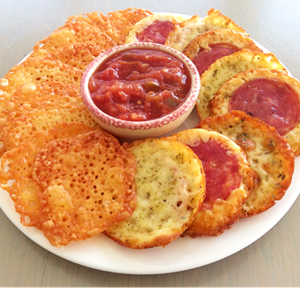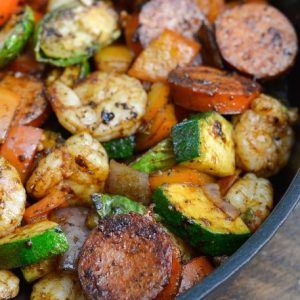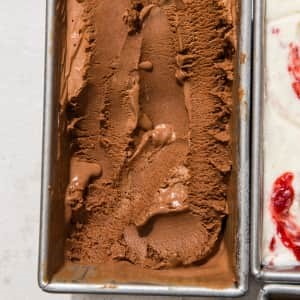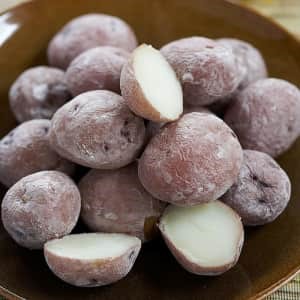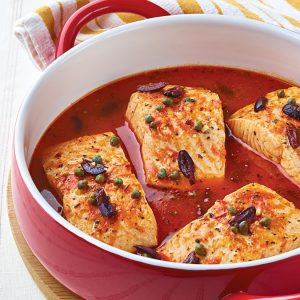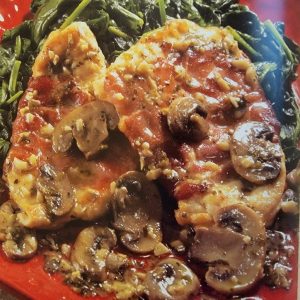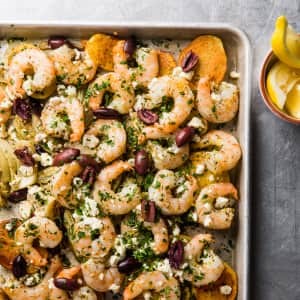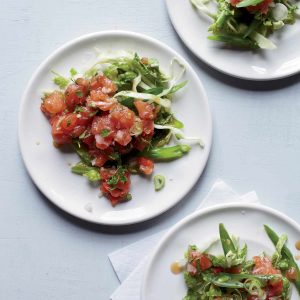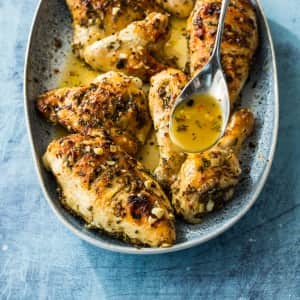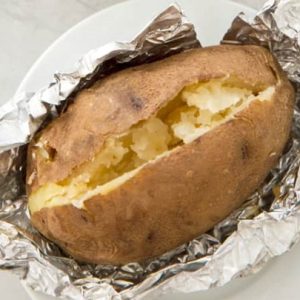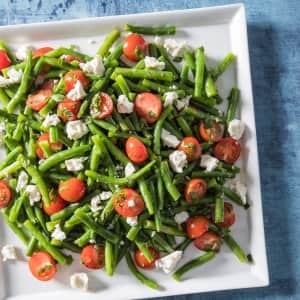What’s the Ideal Temperature of Cooked Salmon?
Salmon’s ideal temperature depends on whether you’re cooking farmed or wild fish.
We prefer farmed Atlantic salmon cooked to 125 degrees, at which point its flesh turns firm yet silky. But when we cook with wild varieties, we make sure to pull the fish off the heat when its internal temperature reaches 120 degrees.
How We Tested Our Preferences for Salmon’s ideal temperature.
We carried out tests where we cooked four species of wild Pacific salmon—king (Chinook), sockeye (red), coho (silver), and chum—along with farmed Atlantic salmon to both a 120-degree and a 125-degree internal temperature using a digital thermometer in temperature-controlled water baths. The majority of tasters preferred the wild salmon samples cooked to 120 degrees, while they confirmed our preference for cooking farmed Atlantic salmon to 125 degrees.
Why Does Wild Salmon Taste Best Cooked to a Lower Temperature?
Wild salmon has more collagen (and thus connective tissue) than farmed salmon and, more important, a significantly greater number of chemical cross-links between collagen molecules. When the wild varieties are cooked to just 120 degrees, the muscle fibers contract less and therefore retain more moisture. Wild salmon also contains less fat, about half as much as farmed salmon, so there is less fat to provide lubrication and the perception of juiciness when cooked.
Bottom Line
Farmed salmon is at its best cooked to 125 degrees, but make sure to cook wild salmon to just 120 degrees.
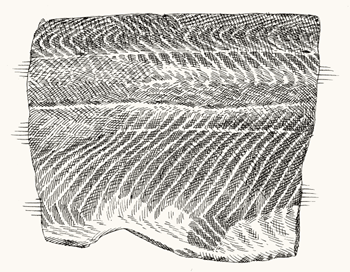
When wild salmon is cooked to just 120 degrees, the muscle fibers retain more moisture.
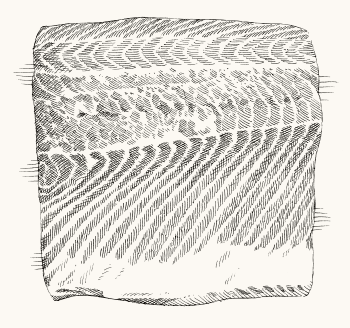
Farmed salmon contains more fat than wild salmon, so it can be cooked a few degrees longer without drying out.


